A large, deciduous shrub or small understory tree, chokecherry grows 20-30 ft. tall and often forms thickets. Dense clusters of white flowers are followed by red fruit ripening to dark purple from August to September (north) or June to August (south). Shrub or small tree, often forming dense thickets, with dark red or blackish chokecherries. As the common name suggests, chokecherries are astringent or puckery, especially when immature or raw; but they can be made into preserves and jelly.
Description from wildflower.org
Home > Plant Guide >
Scientific Name
Family
Garden Type
Wildlife
Native Plant Region
Light needs
Water Needs
Plant Type
Bloom Color(s)
Height
Width
Months in Bloom
Safe Beneath Power Lines?
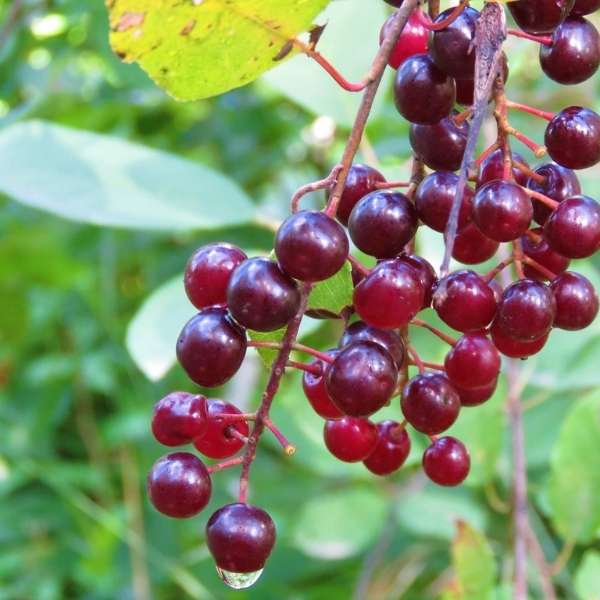
We’d like to maintain accurate and robust plant listings. If you see information that is not correct or that could be added to improve the listing, please let us know. Or if you’d like to suggest a plant to add to our plant guide, you can use this form do so. Thank you!
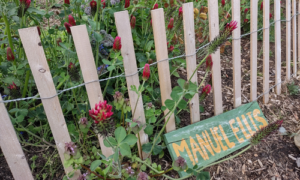
Three inspiring local food justice practitioners will share how their work in urban farming improves access to healthy foods, fosters relationships to land, and builds community.
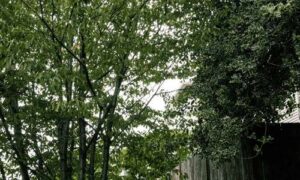
The plants, animals, fungi, microbes, and other natural features that make up “urban habitat” are important to the character, function, and livability of cities.
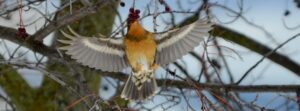
Take a virtual trip across Capitol Hill to learn about urban habitat types, how to identify the unique birds they support, and what we can do to make the neighborhood a safer place for them to live.
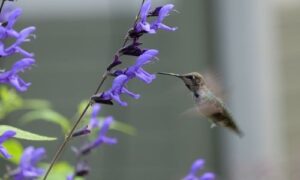
Protecting the trees and other vegetation that what we currently have is perhaps the most important way to ensure biodiversity in cities.

Learn about diversifying the way architecture is taught and practiced from designers of color.
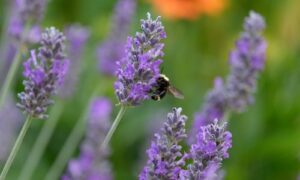
Check out our list of local wildlife-supporting plant stores and nurseries, organizations, and community science opportunities.
Nature of Your Neighborhood is a collaboration between Birds Connect Seattle, the Capitol Hill EcoDistrict, and the Seattle Bird Conservation Partnership. Our goal is to foster relationships between the people and the nature of their neighborhoods.